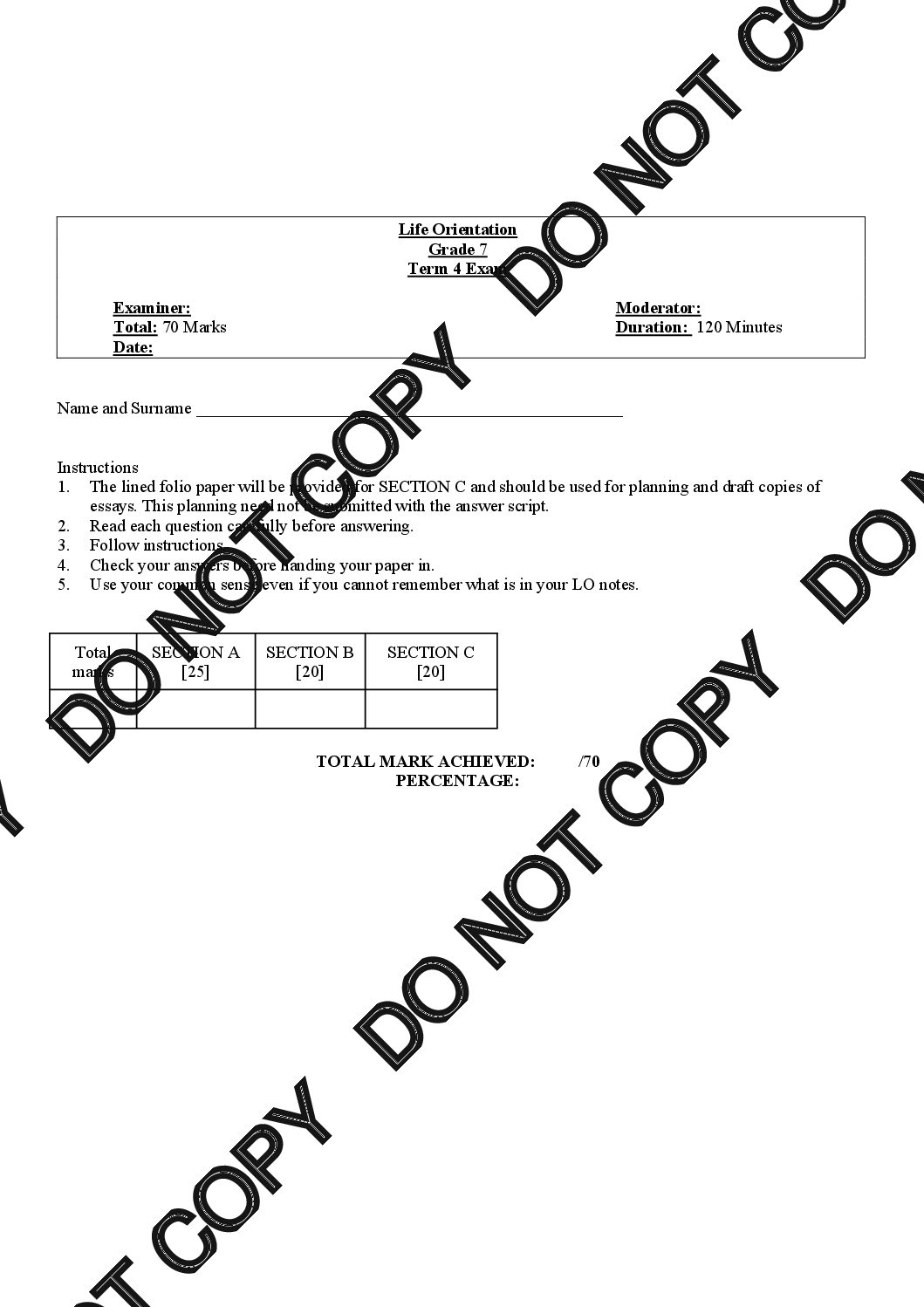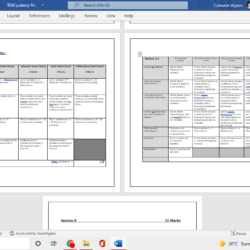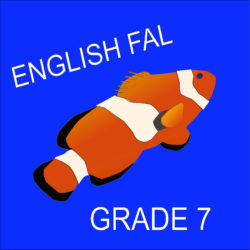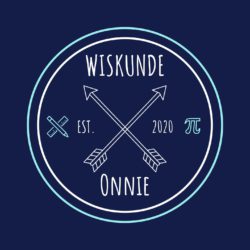Grade 7 Mathematics Test FAT 7 – Term 4 2024 (Paper 1 & 2)
R115.00
Resource Description
PAPER 1
Additive property of whole numbers
Order, compare and simplify fractions
Place value of decimals
Count, order and compare integers
Describe and justify the general rule in patterns
Ordering and comparing whole numbers
HCF
Solve problems involving whole numbers including ratio and rate
Solve problems that involve whole numbers, percentages and decimal fractions in financial context such as budgets, accounts, loans and simple interest
Calculate percentage increase or decrease of the whole numbers.
Solve problems in context involving common fractions and mixed numbers, including grouping and sharing, and finding fractions of the whole.
Multiply decimal fractions to at least 3 decimal places by a whole number.
Divide decimal fractions to at least 3 decimal places by whole numbers.
Solve problems in context involving decimal fractions.
Compare and represent whole numbers in exponential form
Recognize and use the appropriate laws of operations with numbers involving exponents and square and cube roots
Count forwards and backwards in integers for any interval
Add with integers or subtract integers
Recognise and use commutative and associative properties of addition for integers
Describe and justify the general rules for observed relationships between numbers in own words
Investigate and extend numeric and geometric patterns looking for relationships between numbers, including patterns: Represented in tables
Determine input values, output values or rules for patterns and relationships using: Tables and Formulae
Determine, interpret, and justify equivalence of different descriptions of the same relationship or rule presented: ‒ In flow diagrams
PAPER 2
Describe, sort, name and compare triangles according to their sides and angles, focusing on: Equilateral triangles.
Draw enlargements of geometric figures on squared paper and compare them in terms of shape and size
Calculate the perimeter of irregular polygons.
Use appropriate formulae to calculate the volume of a cube
Critically read and interpret data represented in a Bar graph.
Name and describe part of the circle
Definition Perpendicular lines
Describe, sort, name and compare triangles according to their sides and angles focusing on isosceles OR right-angled triangles.
Recognize and describe congruent figures by comparing the shape and size
Recognize and describe similar figures by comparing the shape and size
Solve simple geometric problems involving unknown sides and angles in quadrilaterals, using known properties.
Identify and draw lines of symmetry in geometric figures.
Recognize, describe, and perform rotations with geometric figures and shapes on a squared paper.
Recognize, describe, and perform translations with geometric figures and shapes on a squared paper.
Draw enlargements and reductions of geometric figures on a squared paper and compare them in terms of shape and size.
Use appropriate formulae to calculate the perimeter of rectangles.
Use appropriate formulae to calculate the area of triangles.
Use and convert between appropriate SI units, including cm2 ↔ m2.
Solve problems involving the perimeter and area of polygons.
Use appropriate formulae to calculate the volume of a cube
Use equivalence between units when solving problems: 1 m3 ↔ 1 kl.
Use appropriate formulae to calculate the surface area of a rectangular prism.
Use equivalence between units when solving problems: cm3 ↔ m3 and 1 mm2 ↔ 1 cm2
Critically read and interpret data represented in a Pie chart,
Organize (including grouping where appropriate) and record data using tally marks, and tables.
Draw a bar graph to display and interpret grouped data.



 KES(KSh)
KES(KSh) USD($)
USD($) GBP(£)
GBP(£) GHS(₵)
GHS(₵) NGN(₦)
NGN(₦) MUR(₨)
MUR(₨) BWP(P)
BWP(P) AUD($)
AUD($) TZS(Sh)
TZS(Sh) INR(₹)
INR(₹) PHP(₱)
PHP(₱) AED(د.إ)
AED(د.إ)











